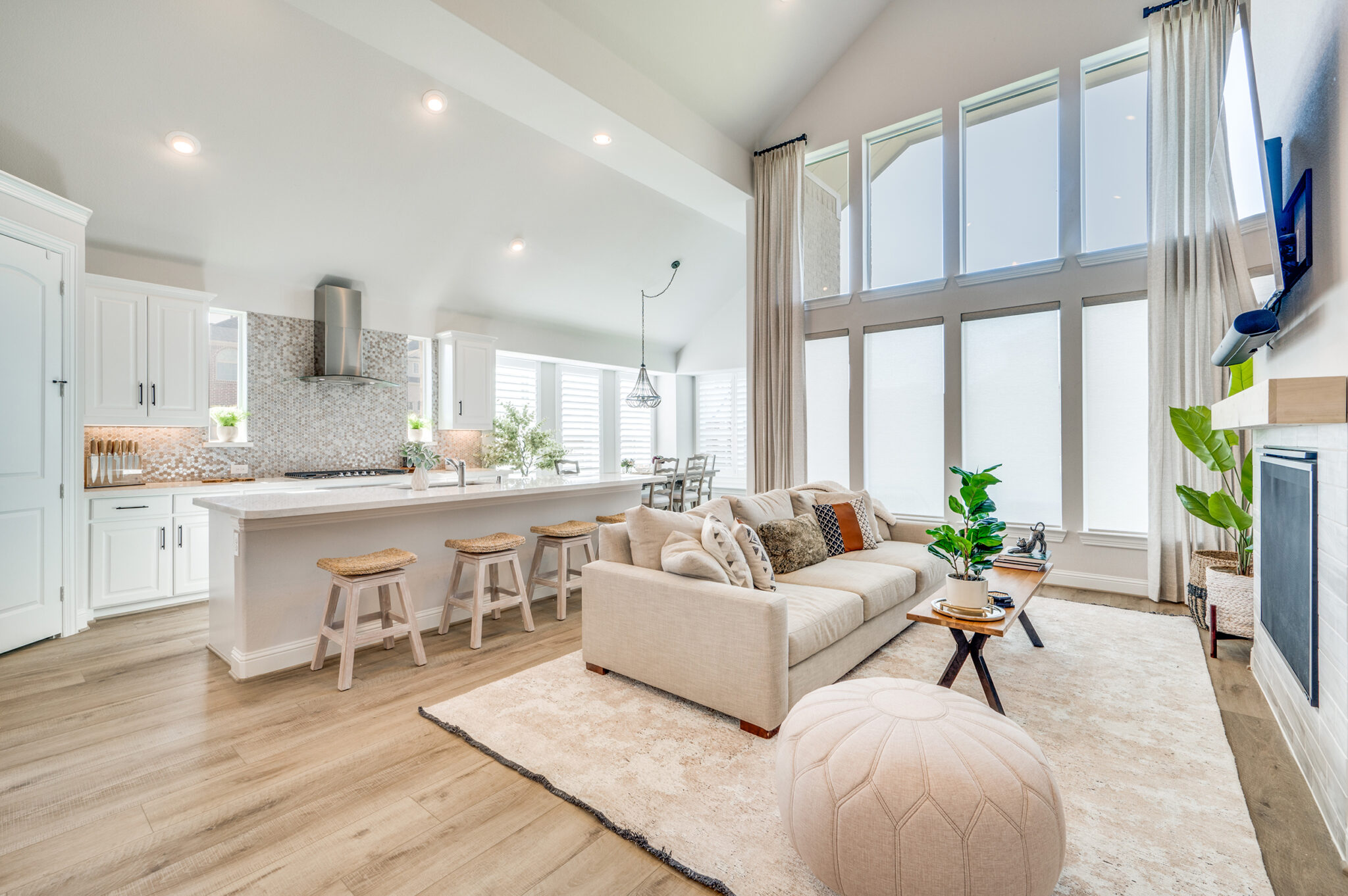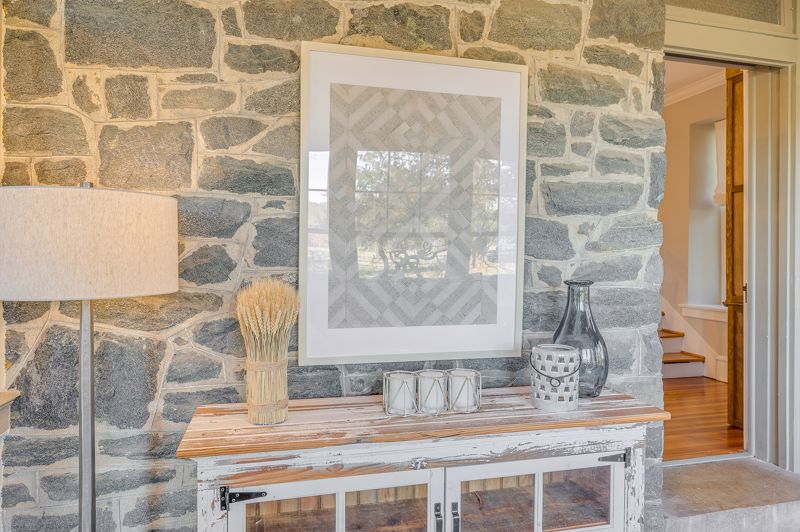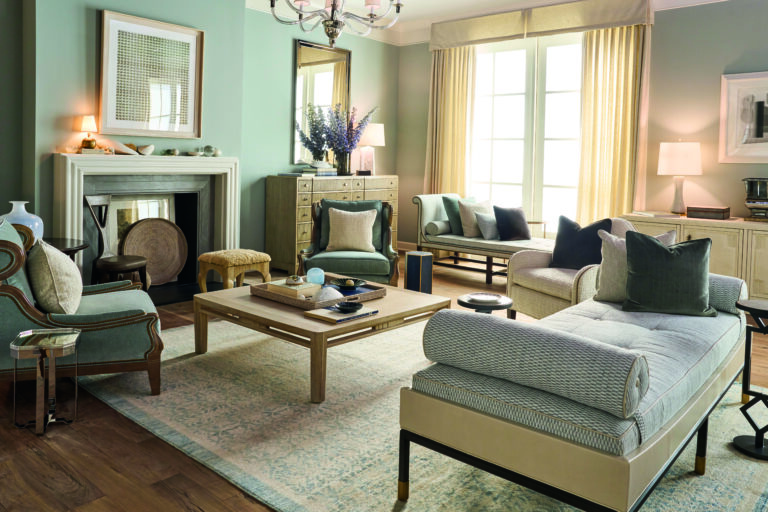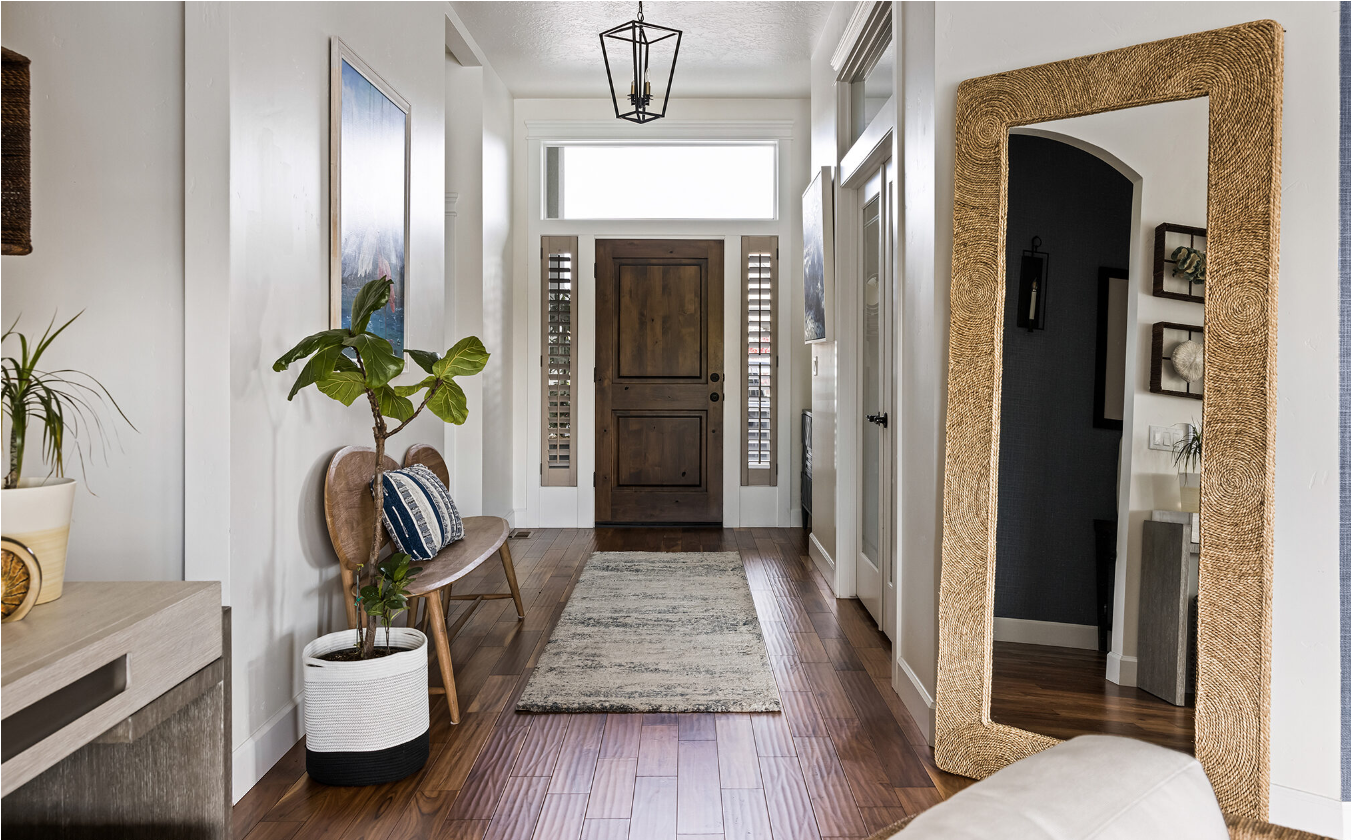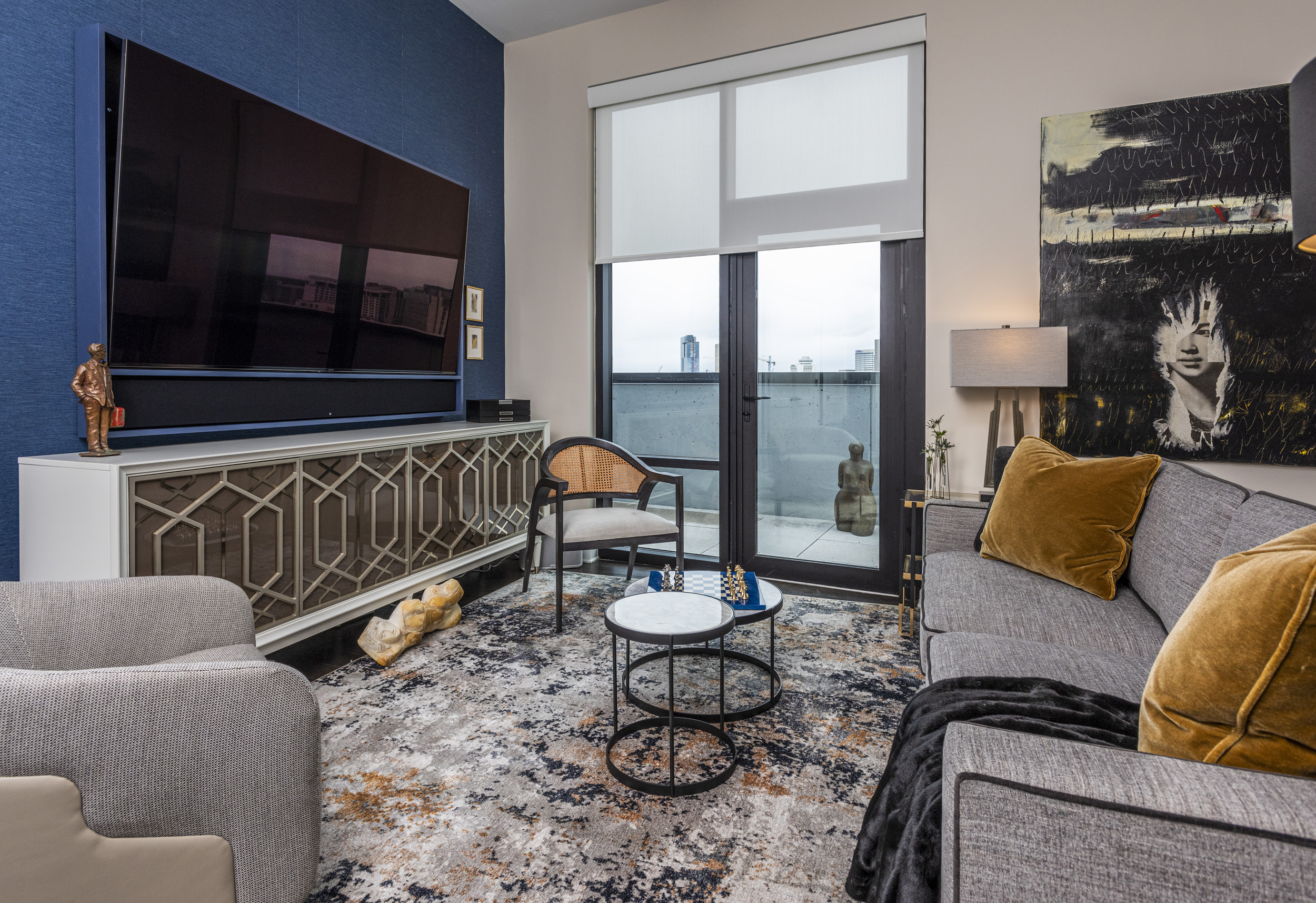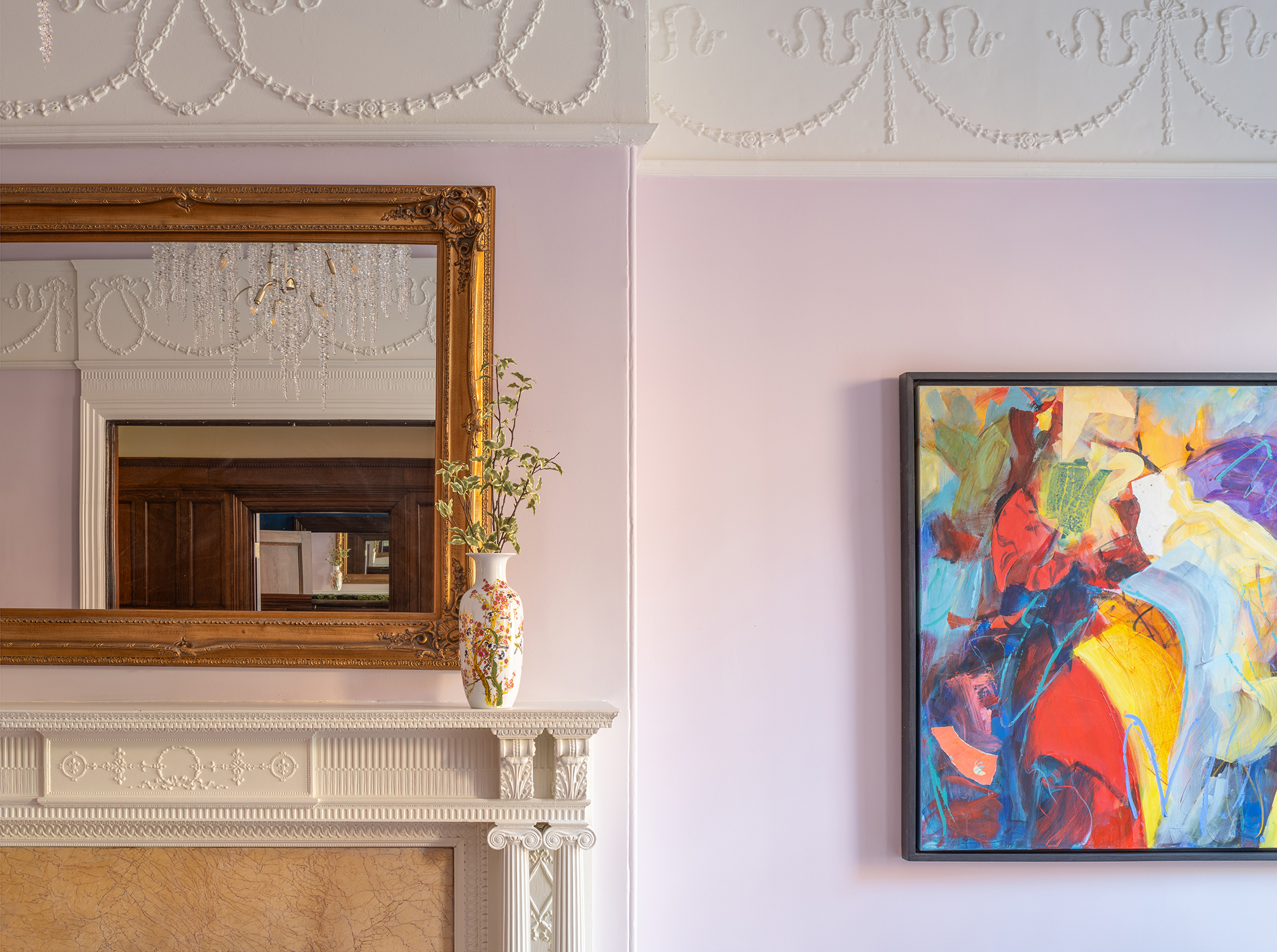Reading Time: 8 minutes
Redecorating your home can be a rewarding project, no matter how artistically inclined you are. It’s a chance to express your unique taste and personality. Additionally, it is an opportunity to protect the environment. How, you might ask? The answer is sustainable interior design.
What is Sustainable Interior Design?
An environmentally-conscious architectural and design style, sustainable interior design uses materials and construction methods that minimize a building’s impact on the environment. As part of sustainable interior design and sustainable architecture, eco-friendly design also improves the health and well-being of the people who live, work, or play in a green building.
The terms sustainable design and green design may seem synonymous, but they aren’t exactly the same. The goal of green design is to reduce harm in the present and the near future. Sustainable design, on the other hand, considers the long-term consequences. In line with its name, this design style uses elements that will continue to minimize negative environmental impacts for decades, centuries, or even centuries to come.
The Importance of Sustainable Design
The planet’s wellbeing depends on sustainable practices. Using public transportation and purchasing environmentally friendly cleaning products are just a few ways we can reduce our impact on the environment. The best place to start is with the buildings we construct and use every day. Sustainable interior design is vital for two reasons: keeping the environment healthy and keeping us healthy.
The Environment’s Health
By reducing our carbon footprint, sustainable design contributes to the preservation of our natural habitat. To put it simply, carbon footprint refers to the amount of greenhouse gases we produce. Among them are carbon dioxide and methane, which trap heat in the atmosphere and increase temperatures around the world. Stabilizing the global climate is essential for preventing natural disasters and growing the food we all need.
So much of our garbage ends up in the wilderness and oceans, affecting wildlife and the quality of our soil and water. We can reduce pollution by using sustainable design to reduce the amount of waste we produce.
Our Health
Designing sustainably keeps us healthy, too! The air quality in the house is improved by sustainable design. By choosing the right materials, we can prevent potentially dangerous toxins and dust particles from floating around the air. Our living environment can also be made more peaceful by purchasing sustainable interior design décor and products. It is possible to reduce stress and increase productivity by using as much natural light as possible (more on this in a bit). For those of us who work from home, this is especially helpful!
How do you actually implement sustainable interior design?
As a starting point, it helps to look at the “five Rs of sustainability,” which are the basic principles of living sustainably:
You can start implementing sustainable interior design in your home by understanding the “five Rs of sustainability,” which are the basic principles of sustainable living:
- Refuse: Rather than buying environmentally unfriendly products, choose recyclable and ethically produced ones.
- Reduce: You can minimize your impact on the environment by using the minimum amount of materials and resources.
- Reuse: Whenever possible, use metal or wooden alternatives instead of single-use products, especially plastics.
- Recycle: Using recycling bins will help you recycle your trash responsibly.
- Repurpose: Once your purchases have served their original purpose, make use of them in other ways.
Sustainable interior design is based on the following concepts:
Energy Efficiency
Energy is one of the biggest contributors to climate change because most of the world’s electricity is still generated by burning coal. Interior design aimed at reducing energy consumption is sustainable.
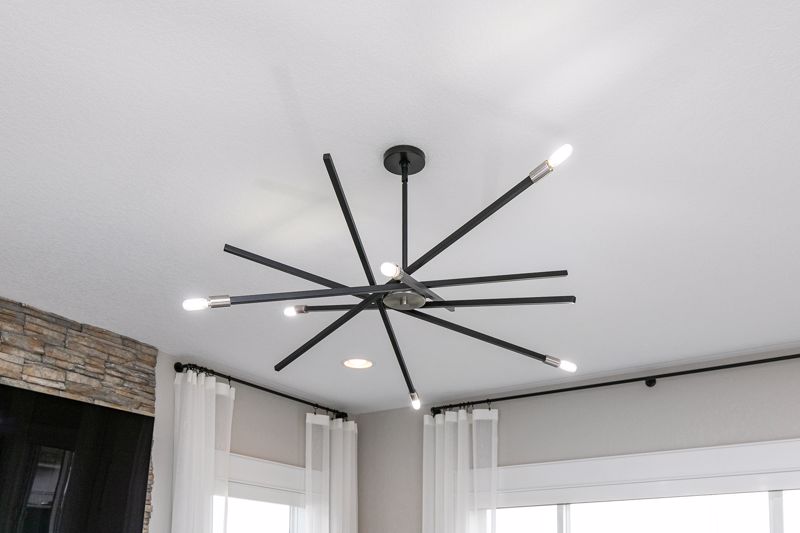
A key element of sustainable design is energy-efficient lighting.
Waste Reduction
Sustainable design makes the best use of our limited natural resources. The goal is to build, insulate, and decorate a building with the least amount of materials.
Maximized Space
Sustainable design emphasizes energy efficiency and waste reduction in order to maximize space utilization. Materials and furnishings that optimize resource utilization and longevity are selected carefully.
Water Conservation
In spite of the fact that water covers 70% of our planet’s surface, less than 2% of it is safe for humans to consume. By reducing our water consumption, sustainable design aims to conserve this valuable resource.
Healthy Environment
During the interior design process, sustainable design prioritizes the well-being of occupants by controlling temperature, ventilating, and selecting products accordingly.
Longevity
Material durability, quality, and a long lifespan are key components of sustainable design. In turn, this reduces the need for old items to be discarded and new ones to be purchased.
Examples of Sustainable Design
How can you achieve sustainable interior design in your home now that you know why sustainability is so important? The following tips and tricks will help you:
For a more energy-efficient home, follow these steps:
- Install appropriately glazed sliding doors and skylights in your home to maximize natural light.
- Whenever possible, use compact fluorescents, LEDs, and halogens to light a room.
- Consider using renewable energy sources such as solar power.
- Reduce the need for artificial lighting by painting your walls light colors.
- Improve your home’s insulation and thermal comfort by using lined draperies, carpets, and blinds.
- Open up spaces around air vents to improve circulation by arranging your furniture in an energy-saving configuration.
- Install a smart thermostat that regulates a room’s temperature based on the outside temperature instead of having to manually adjust it. There are also sensors that automatically turn off heating and cooling when people aren’t present.
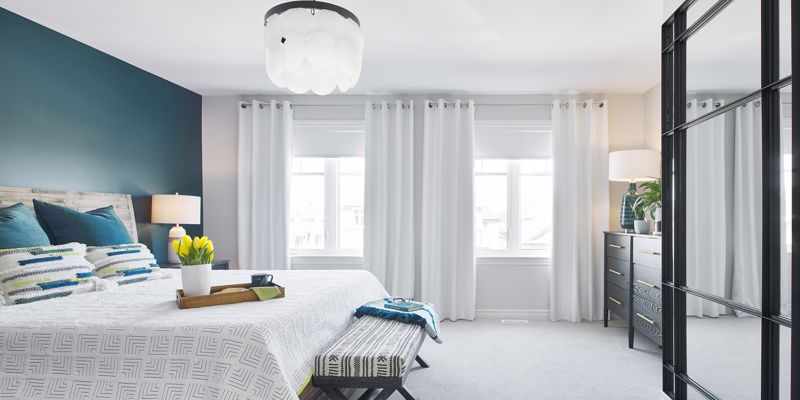
Natural light is a great way to minimize your electricity usage.
Your home can be made more sustainable and environmentally conscious with the use of these practices.
To minimize waste:
- Buy linen, furniture, and other decorative items made from recycled waste or materials that can be recycled.
- Choose products made from eco-friendly materials.
Among them are:
- Reclaimed or responsibly produced wood.
- Natural fabrics such as cotton, leather, and wool made sustainably.
- Paint with low volatile organic compounds (VOCs).
- Plastic, steel, and glass that have been recycled.
- Hemp
- Cork
- Straw
- Felt
- Jute
- Natural stone
Invest in furniture and flooring that can be reassembled and easily moved as needed. By doing so, you don’t have to buy new furniture when moving.
The environment can be protected by choosing products with easy-to-clean surfaces, which require fewer cleaning products, which can be detergents are environmentally harmful. Choose cleaning products mindfully.
Ensure that toilets and taps are water-saving
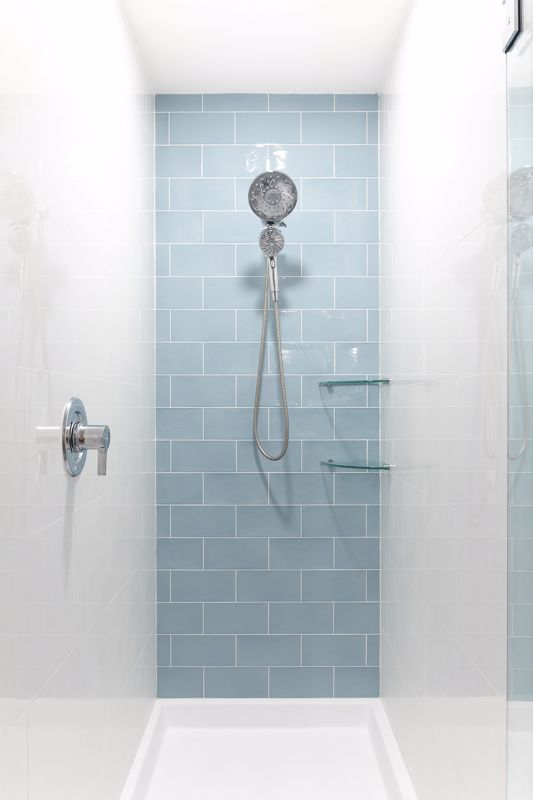
Conserve water by using environmentally-friendly fittings such as taps and shower heads.
To make responsible consumer choices:
Follow these tips when purchasing items for your home to make environmentally conscious choices.
-
- Look for wooden pieces made from quickly renewable plants, such as bamboo, or wood with the FSC label.
- Choose products produced locally. Shipping international products requires long-distance transport, which pollutes the environment.
- Consignment, vintage, and antique stores are good places to shop. In addition to being a fun source of rare and charming finds, buying from these stores also reduces the need for new products. You know they’ll last a long time, too!
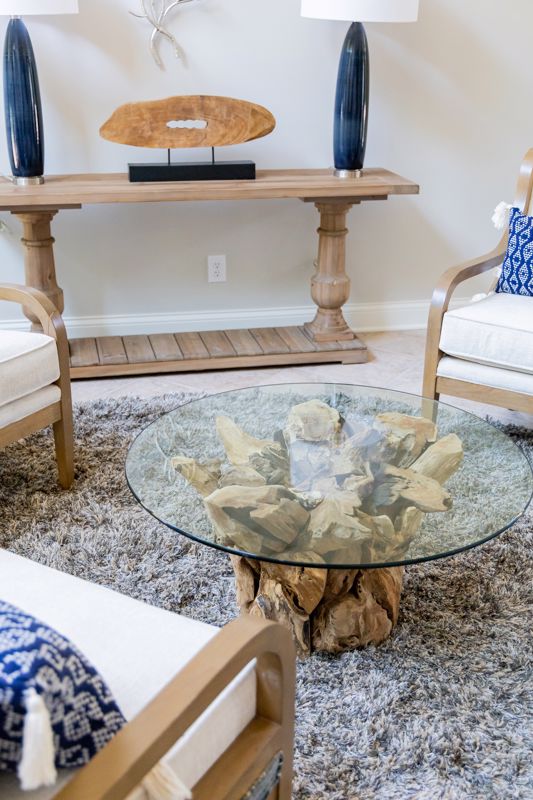
Driftwood tables are a great example of wood sourced responsibly.
Taking sustainable interior design guidelines seriously is actually really easy. A little care and consideration goes a long way! If you want to make your home more environmentally sustainable but don’t know where to start, you’re in luck! We are here to help at Saree Parry Design.
Once you contact us, we will schedule a getting-to-know you conversation over the phone. We’ll then meet for a free design consultation in your home to gain deeper knowledge of your design vision and home. After that, we’ll plan how to bring your sustainable dreams to life (with some flair, of course).
Want to go green? Start by contacting Saree Parry Design!

